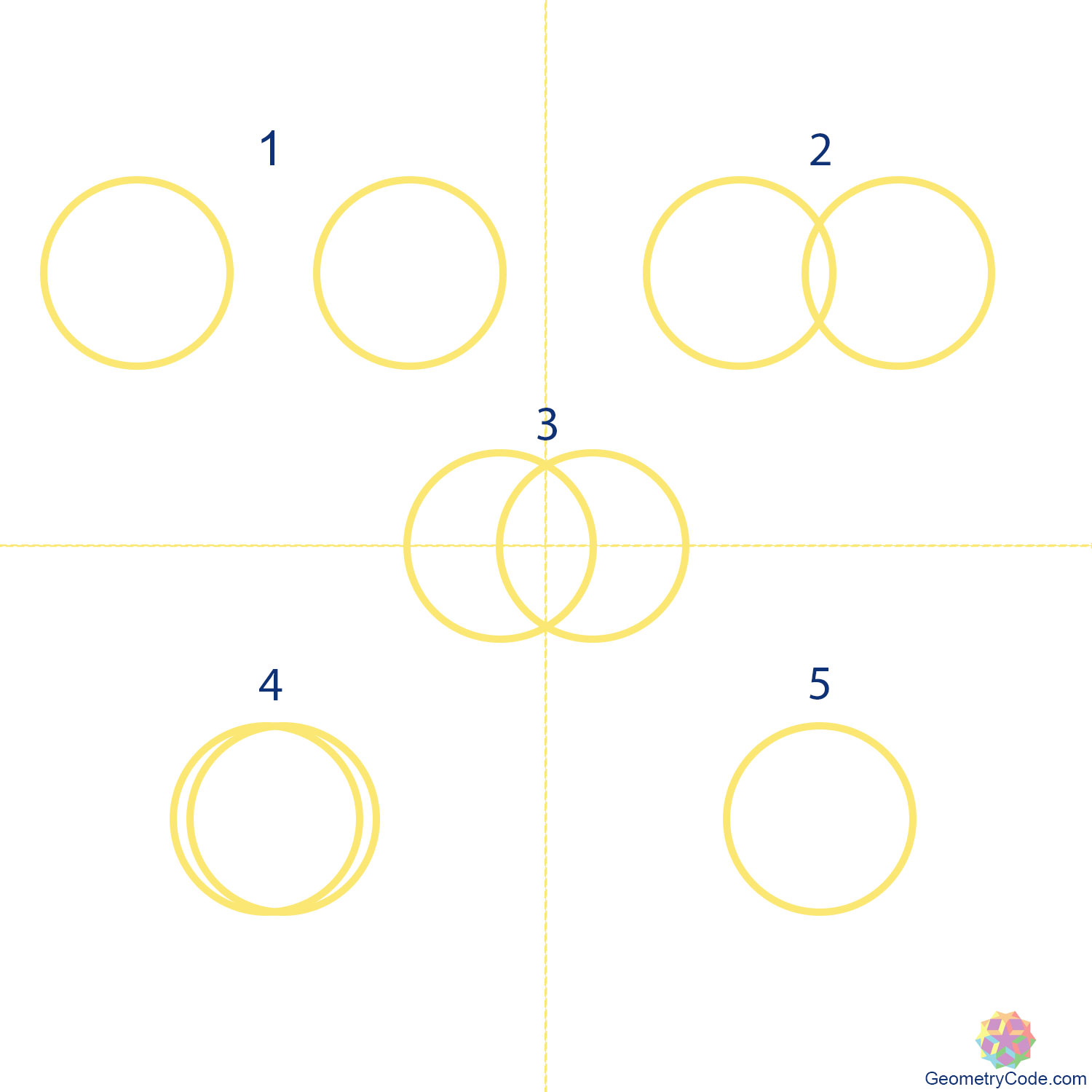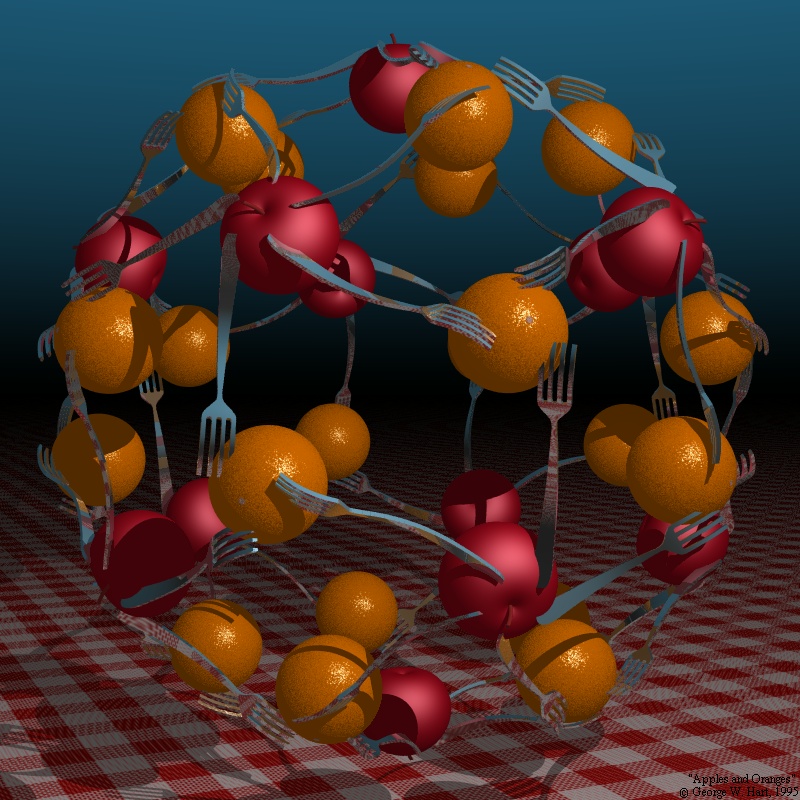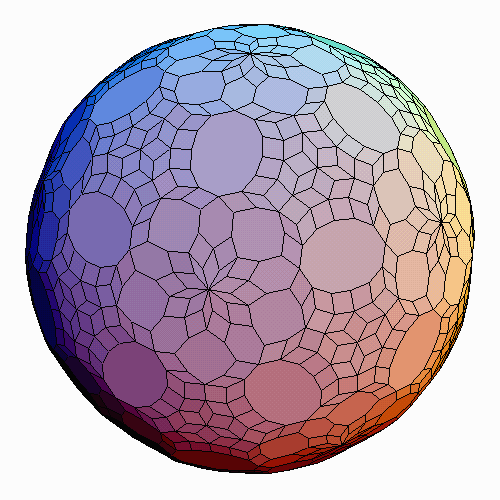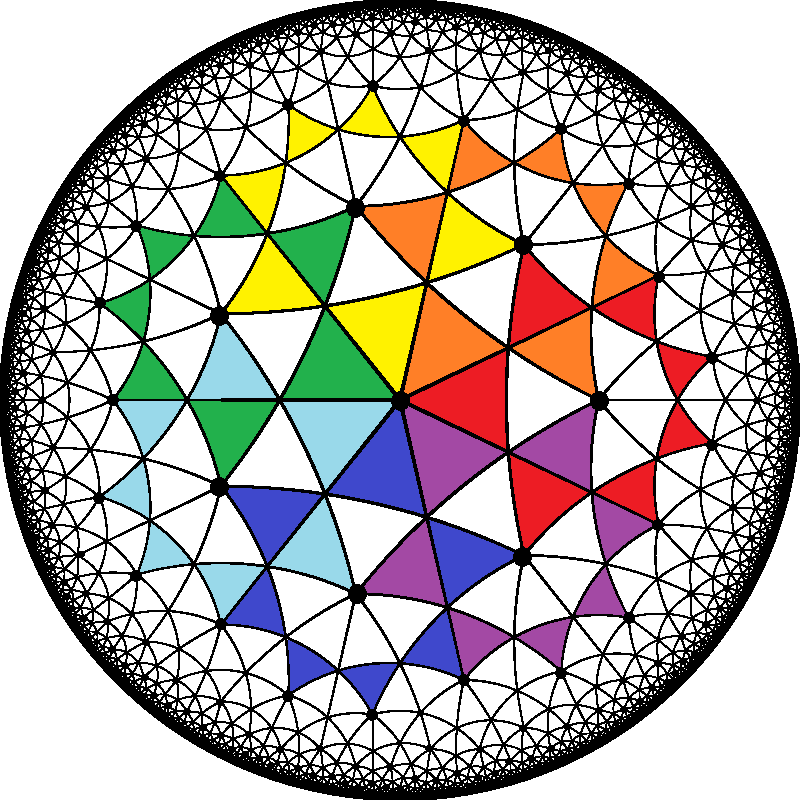Here is a paper (87 pages in compiled LaTeX PDF format) of interest for math nerds from a long-time friend and cousin-in-law,* David Joyner. His stratospheric mathematical fluency and expertise (a retired math professor) leave me on terra firma, admiring his flights into esoteric math realms where my familiarity is negligible. Still, I’m trusting that it will resonate with the global math community. You can read more from David directly via his blog, Yet Another Mathblog
David describes the Rithmomachia Game in detail in his document with this overview:
“The basis is in a Pythagorean philosophy of mathematics (where numbers and Platonic shapes have spiritual significance.)”
* I’m not sure if “cousin-in-law is the correct term. David & I met at my Aunt Gayle and Uncle Joe’s cabin at Lake Kirkwood, California, when we were in our late teens or thereabouts. David & I shared a beloved “Uncle Joe”; Joe was David’s uncle by blood, and my uncle by my aunt’s marriage. Can you tell I’m not a genealogist, either?
When David & I met, I had written up and hand-illustrated a few pages on the Golden Ratio, mostly gleaned from the two books below, both gifts to me in my adolescent years, both mentioning the golden ratio in different contexts – man-made architecture and natural geometric forms, which led me to explore what became known to many as “sacred geometry”:
- Secrets of the Great Pyramid by Peter Tompkins
- This Living Earth by David Cavagnaro
David pursued his interest in math and became a professor! Happily, we reconnected some years ago, after he discovered this (GeometryCode.com) blog.
Here’s David’s treatise: The Recreational Arithmetic of Rithmomachia. Enjoy!













